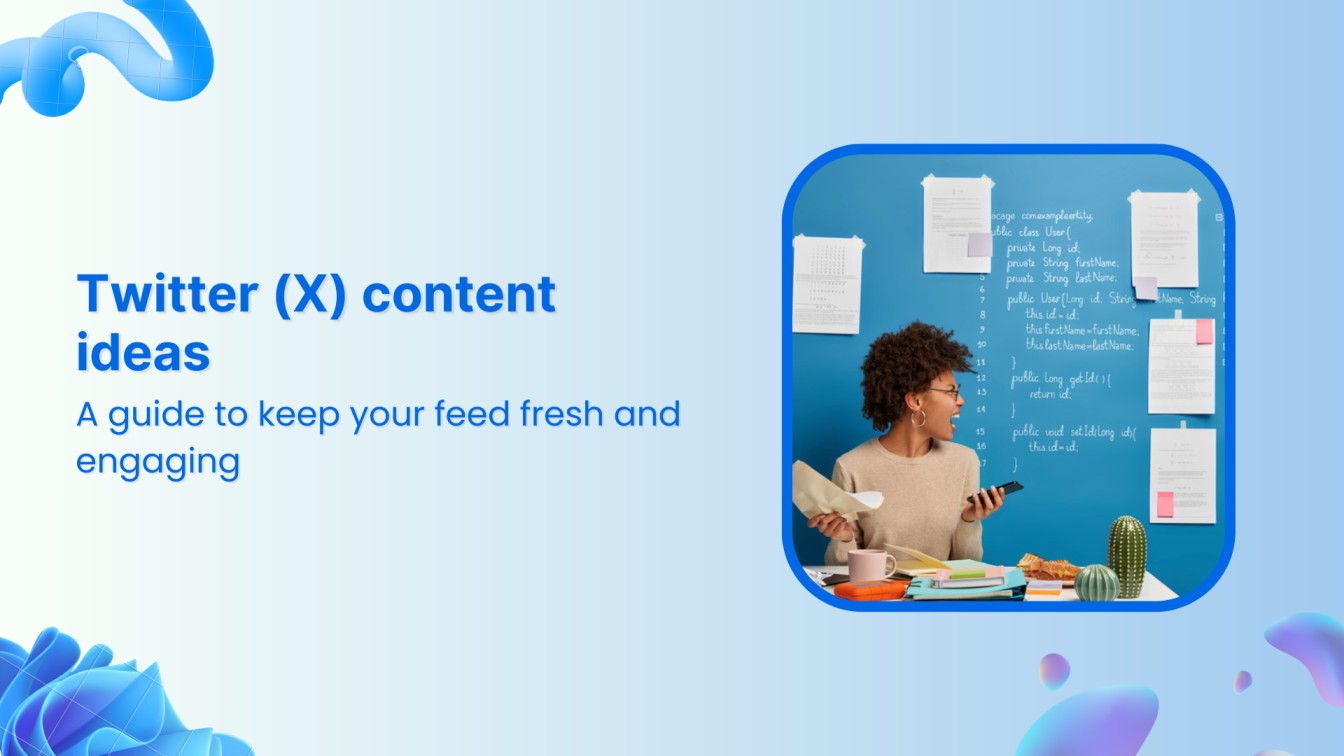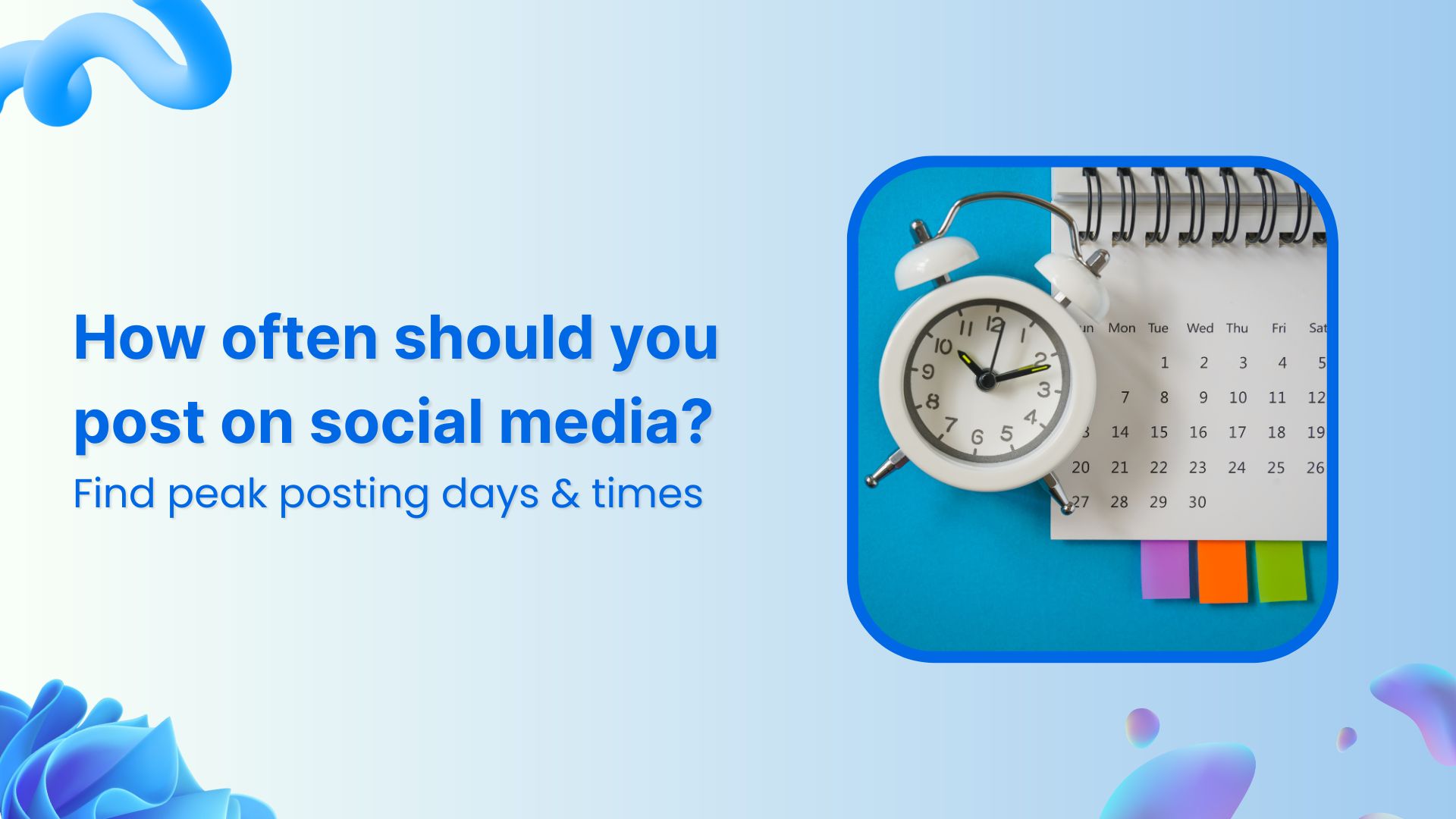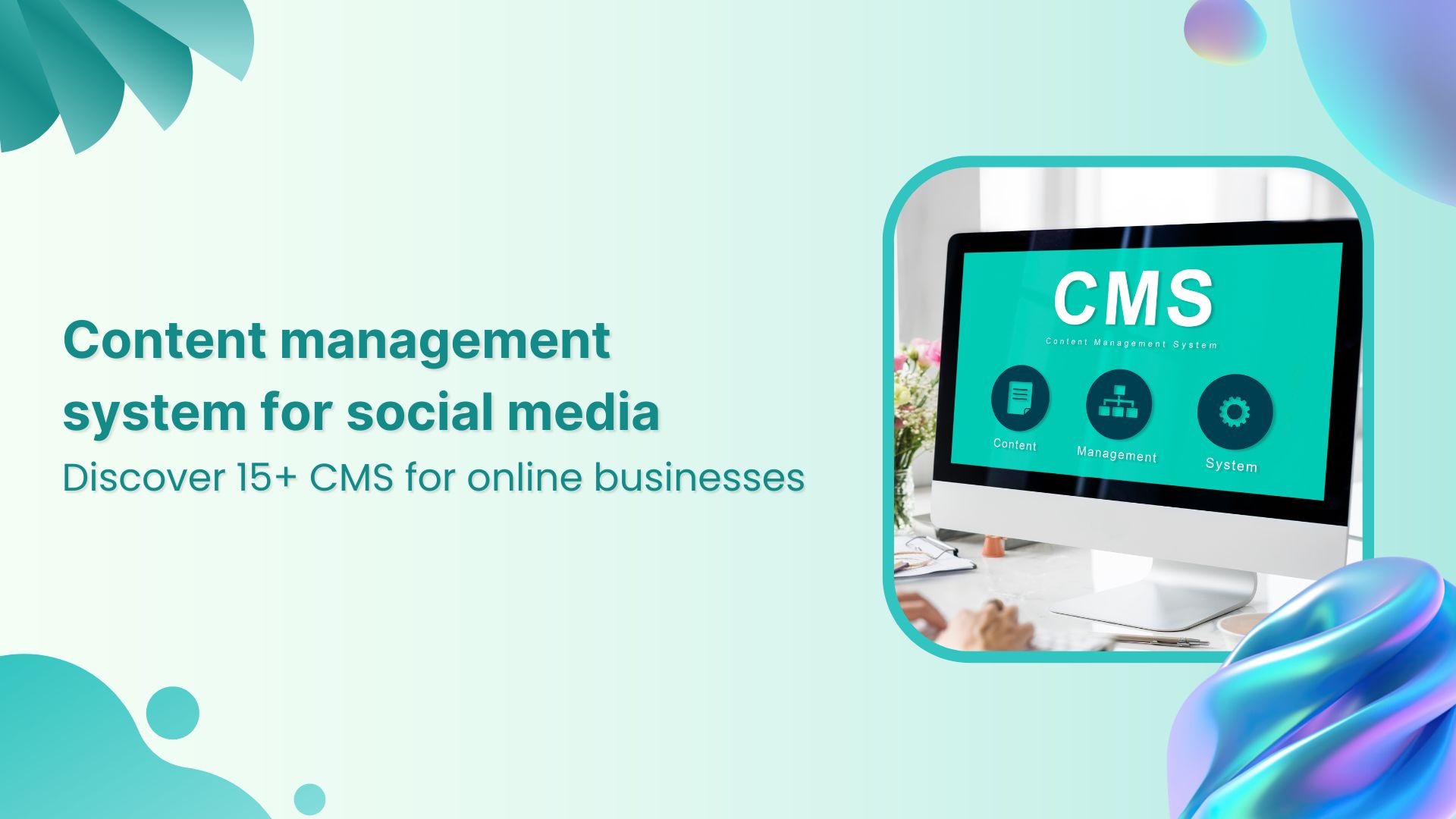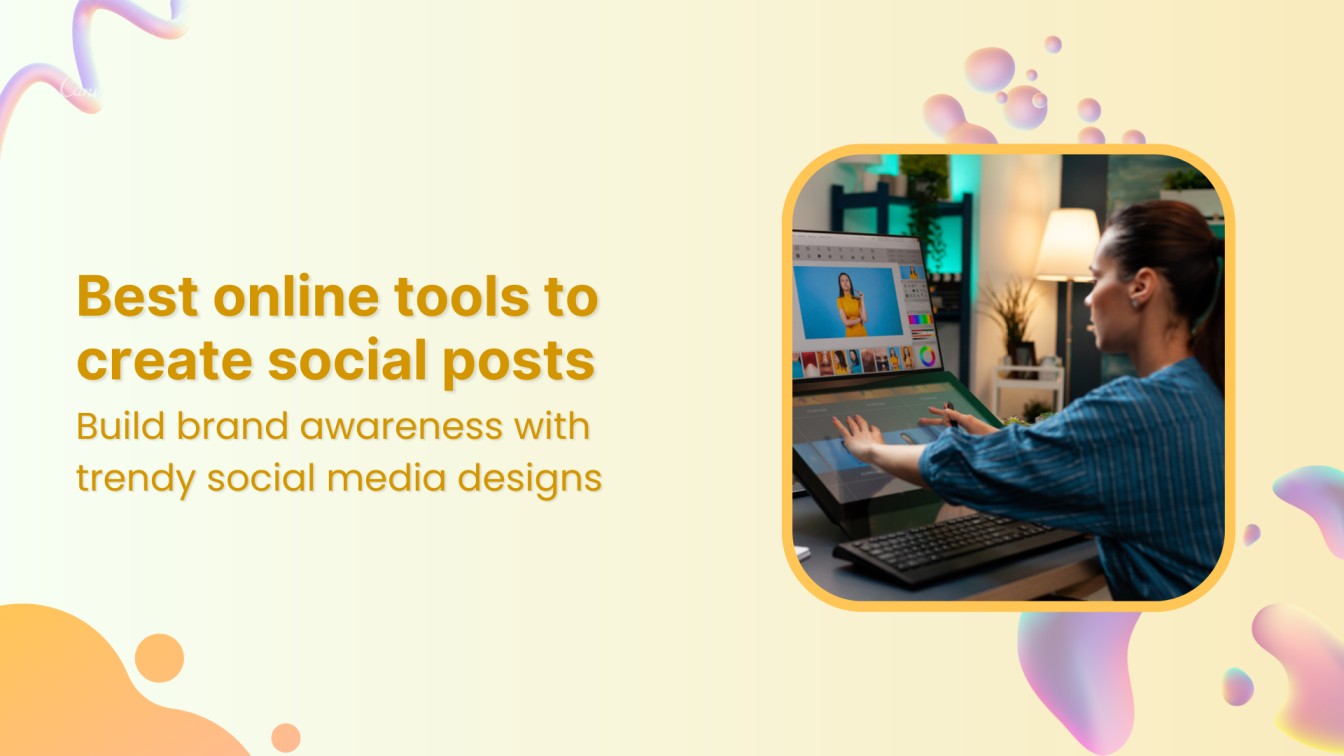Hashtags are widely known for helping make your brand more discoverable. Using the right ones assists in reaching your target audience too. The key, however, is to use the correct hashtags strategically.
Now, this is easier said than done. Why? Because users of different social platforms use them differently. This means you’ll want to use hashtags in the way your audience uses them.
For instance, Twitteratis rarely use hashtags in their tweets. But Instagrammers often tap into all 30 of the allowed hashtags (though that doesn’t come highly recommended). Similarly, folks over at LinkedIn keep it to 3-4 hashtags per post. See the difference?
We’ll talk about this very difference in finding and using hashtags for your social media posts in this piece. Side by side, we’ll cover the etiquettes of using hashtags on different channels. This way, by the end of the guide, you’ll not only know how to find the best hashtags but also know how to use them correctly.
Let’s get on with it.
But first, why bother adding hashtags to social media posts?
We’ve already briefly touched on this. Here’s a detailed look at the reasons for using hashtags:
Hashtags make you more findable
Put another way, they increase your brand’s discoverability. Essentially, hashtags organize content under hashtag-based categories. So when people surf those hashtags, they end up finding your posts.
Help you create a library of your content
Posting under particular hashtags means all your social content gets automatically shelved under those categories. This way, you can easily find all the content you’ve shared. This is specifically helpful on LinkedIn and Instagram where custom hashtags can help you create a collection of your posts that others can easily follow.
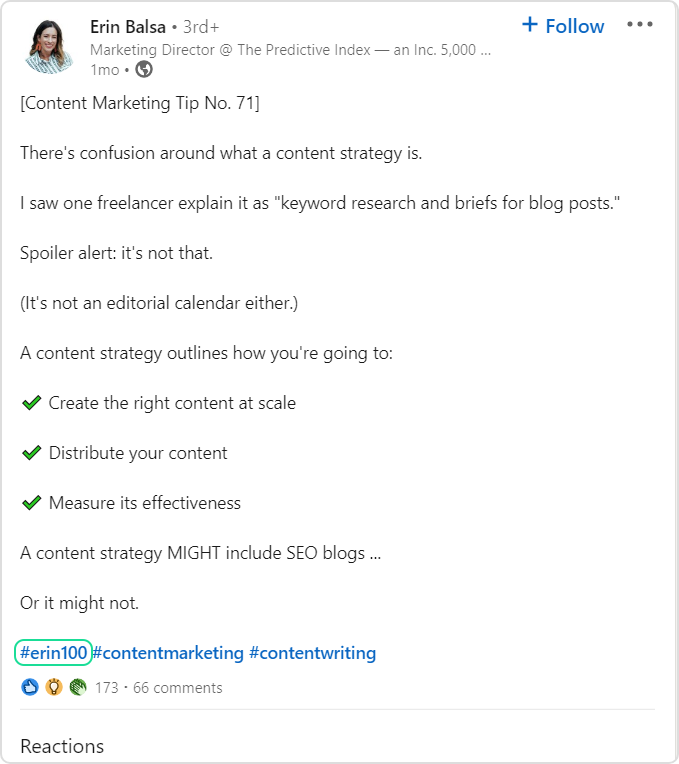


Gather user-generated content (UGC)
You can also drive social campaigns for growing your pool of UGC. For example, ask your audience to share a picture of them using your product for a chance to be featured on your page, enter a giveaway or any other relevant incentive.
Chewy hosted one such campaign using the #PetsBringUsTogether tag.
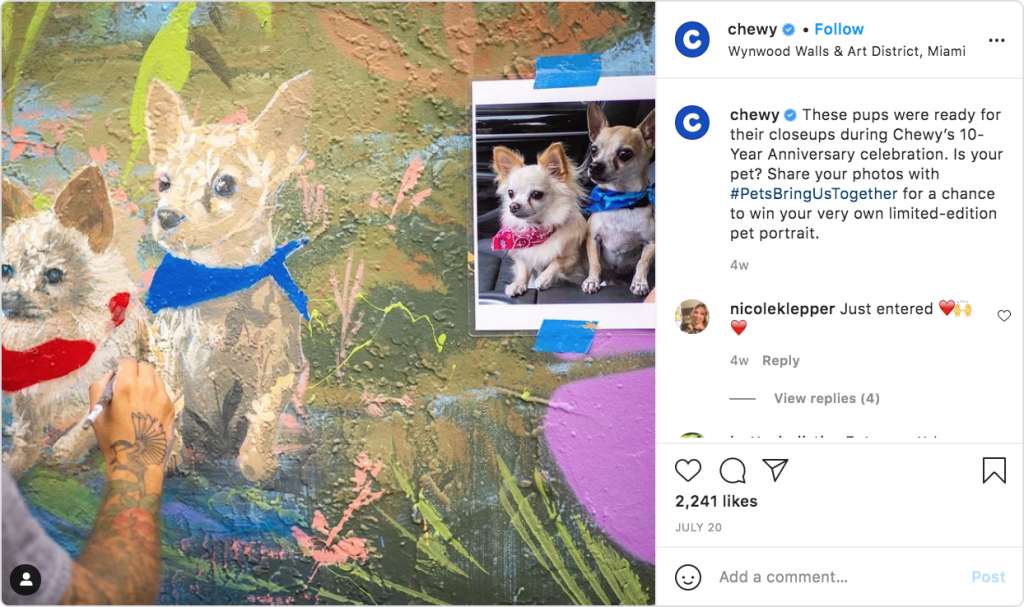


Help you reach your target audience
Lastly, adding the same hashtags your audience uses helps you reach them better. Let’s say you’ve posted a competition for Valentine’s Day. In this case, you can reach more people by using relevant hashtags for the day.
Look at this example post from Ferrero Rocher for their Valentine’s Day campaign – pay close attention to the hashtags they’ve used.



With the pros of using hashtags out of the way, let’s look at how to find and use hashtags on various social media channels.
How to find hashtags for Twitter?
Hashtags on Twitter aren’t as frequently used as they are on other social media platforms. In fact, there’s an insider joke about how needless hashtags on the channel are.
While I agree, hashtags are still useful. A prominent SaaS company reached out to me to write blog content for them simply because they saw my content that used the hashtag that was relevant to them.
The takeaway: not all your tweets need hashtags. But it doesn’t hurt to slip in a hashtag or two in some of your tweets. Particularly, if you’re tweeting under a trending hashtag or trending event as Innocent Drink did here.
50 SUGGESTED SPORTS FOR #TOKYO2020:
1. Extreme skipping
2. Pogo on ice
3. Kerby
4. Traceysleigh (bobsleigh with teams of Traceys)
5. Scrabble
6. Scrabble with just the vowels
7. Acrobatic window cleaning
8. Dairylea dunker fencing— innocent drinks (@innocent) July 23, 2021
And, remember Twitter recommends no more than two hashtags in one post. So don’t stack them up in one tweet. That said, you’ll find hashtags are particularly common on Twitter in the following ways:
- Hashtags in your bio
These help with discoverability. So if someone were looking for a social media scheduler, they can find you via the hashtag.
- Trending hashtags
These keep people up to speed with whatever’s happening around them. Use them to jump into conversations relevant to you and your audience.
- Hashtags to host and participate in Twitter chats
Custom hashtags are used in Twitter in this way. Want to join a Twitter chat? Use the hashtag and share your answers while engaging with other participants. Want to host your Twitter chat? Again, create a hashtag and encourage people to join you.



So how do you find the right hashtags on Twitter? Head over to your Twitter dashboard and click on Explore in the left-hand menu. Then, select Trending to find hashtags trending in your region.
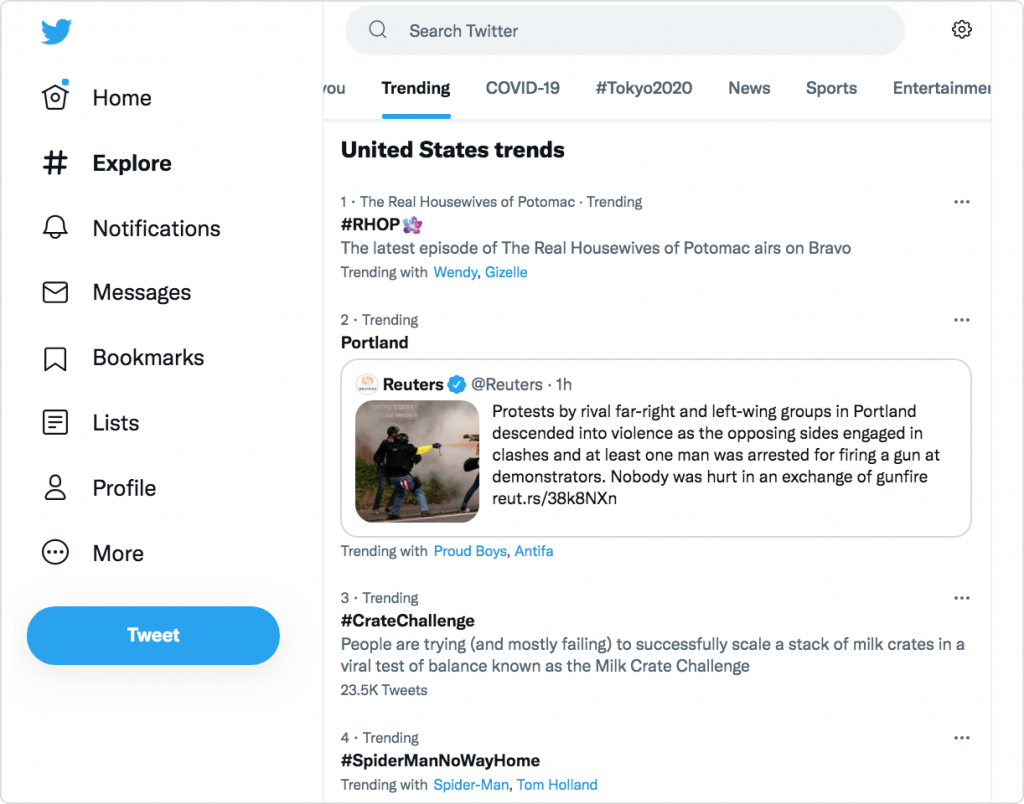


Targeting an overseas audience? Change your location preference and you’ll start seeing relevant trending hashtags.
How to find hashtags for Instagram?
Instagram allows up to 30 hashtags in each post – though you don’t need to add all 30 of them since that can come across as spam. 5-10 hashtags are optimal on the visual network. In fact, research indicates using too many hashtags can reduce your engagement.
As for where to add hashtags, you can add them both to your caption or in your first comment. The latter is a better option though considering a study concludes that slipping in hashtags in your first comment actually increases the post’s reach.
What’s more, you can add hashtags to your Instagram Stories by either using the hashtag sticker or the text tool for writing the hashtag text (e.g., #Instagram).
Plus, use hashtags in your bio. It’s a good way to get your custom hashtags or any campaign that you’re running eyeballed.
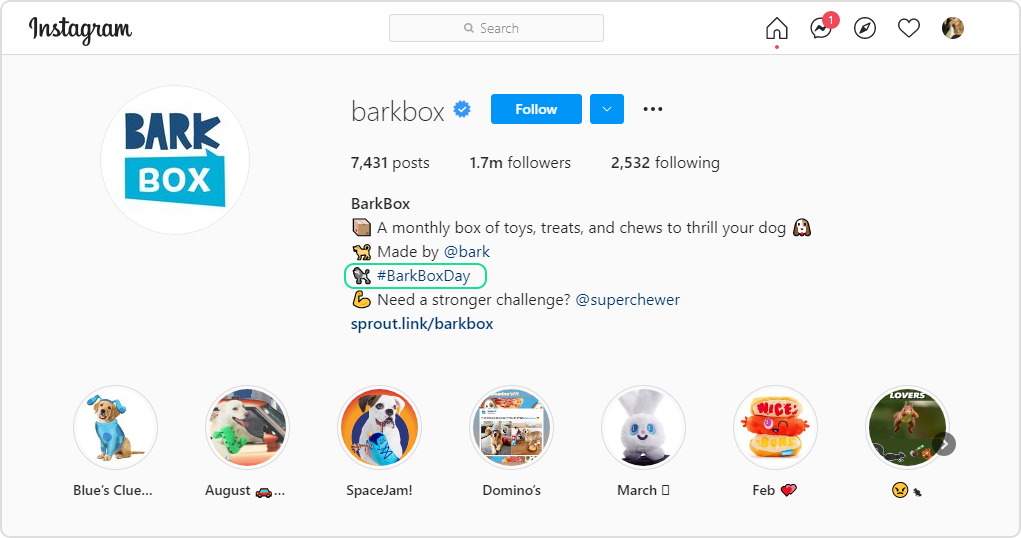


Now, on to how to find out which hashtags to use on Instagram? You have a handful of options:
Look at the hashtags your top followers are using
With every post you publish, you have some followers who are always interacting with your content. There are also followers with an engaged audience.
Either way, take the time to study your followers and zero down on hashtags relevant to your business that they are using. Then, use those hashtags.
Identify hashtags influencers are using
Head over to your competitors’ Instagram account and make a list of the hashtags they use. Check their Stories as well as posts. Repeat these steps as you study profiles of industry influencers that your audience follows.
With a list of hashtags ready, start using them in your posts. But be sure to not use any custom hashtags that your competitors or influencers use as those are specific to their brand.
Use ContentStudio to source the right hashtags
When composing your Instagram posts in ContentStudio’s dashboard, you’ll see recommendations for hashtags to add as you start typing the # symbol.
The tool pulls out trending and high-volume hashtags so you can instantly add them to your posts. Simply head over to Publish at the top of your dashboard and select Composer from the drop-down menu.



Now, click on Social Media Post and select Instagram as your social media channel.



This will pull out the editor for you. Once you’ve written your caption, search hashtags from the # icon.
The best part? You can save the hashtags as a set and use them later for more of your posts without having to search again and again for them.
Leverage Instagram’s native search
Lastly, you can find hashtags by searching for a broad keyword relevant to your brand (example: writers). For this, head over to the search bar and type in your keyword – with or without a hashtag sign accompanying it. Next, tap Tags and you’ll find a huge list of hashtags that you can experiment with.
But be sure to not pull all the hashtags from one keyword. Type in multiple keywords (example: writing, creative writing, content writing – depending on your target audience) to get your hand on a variety of hashtags.



Pro tip: Use keywords with a medium use volume. Adding a widely-used hashtag only means your post is likely going to get buried under the storm of posts using the same hashtag. On the other hand, using a slightly used hashtag won’t get you much exposure. The ideal way then is to use hashtags with an average number of posts. For the example above, this would be #writers, #writersnetwork, #writersblog instead of #writersofinstagram and #writerscommunity.



Master Social Customer Care and Support
Manage your brand’s social presence by monitoring and managing incoming messages and comments across your social networks.
14 days free trial - no credit card requiredHow to find hashtags for LinkedIn?
Hashtags are super useful on LinkedIn to get your content noticed and shown by the algorithm. However, it’s worth keeping in mind that you should limit your hashtag use to three hashtags. Why? Because too many hashtags come across as spam. Plus, LinkedIn influencers suspect that the algorithm favors three hashtags.
With this in mind, work on adding two broad and one niche hashtags at the end of your post. Or, one broad, one niche, and one custom hashtag. Basically, when it comes to LinkedIn, it’s best to go niche to get in front of the right audience. So if you were to target the social media industry, #socialmedia will count as the broad hashtag and #socialmediatips will be the niche one.
To find these hashtags:
Look for trendy hashtags
This is the same as finding hashtags to use on Instagram. Look into what hashtags your competitors, target audience, and influencers are using. Search for people in any of the categories shared above and start creating a list of hashtags to use.
Use LinkedIn organic search
Type a broad hashtag in your LinkedIn search bar. There, you’ll find a suggested list of hashtags to use.



If you click on a hashtag, you’ll see the people using them. This gives a good idea of what to post as you plan your LinkedIn content strategy. Plus, if you’re strategic, you can use the same hashtags that your target audience uses to make your way into their LinkedIn feeds.
Related Read: The 2022 LinkedIn Algorithm Explained: How To Beat It?
How to find hashtags for Facebook?
Again, less is more when it comes to using hashtags on Facebook. What’s more, finding Facebook hashtags is similar to sourcing hashtags on LinkedIn and Instagram – tracking and learning what hashtags your target followers, competitors, and industry influencers are using.
Some things that you need to keep a note of though: hashtags in Facebook Groups have been on the rise as private Groups are gaining popularity. Often, these are used to categorize content shared in the Group by theme and topic.
This way, if you run a Facebook Group, you can use hashtags to organize content so it’s easy for your group members to find them. You’ll find hashtags useful yourself when you need to repurpose the content or grab the link to share it with someone asking about a topic previously covered.
To find your Facebook hashtags organically, search for a hashtag in your search bar. This will deliver a list of similar hashtags.



By exploring these hashtags, you can easily find out what’s being posted under specific hashtags – getting ideas for what content to create for your Facebook account.
How to find hashtags for TikTok?
As in the case of other social networks, adding hashtags to your TikTok video makes you discoverable. If your followers use the hashtag to find and watch your videos, the platform’s algorithm is also more likely to show your videos to those folks.
Additionally, if you create engaging videos for trending hashtags, the algorithm is likely to show your video to more of your followers and to others on their ‘For You’ page. So add 4-5 hashtags for ranking better on TikTok and driving more engagement to your content. Any more and you might confuse the algorithm regarding what your content is exactly about.
With that, here’s how to find relevant TikTok hashtags:
Use the Discover tab
Open the Discover tab on the bottom of your screen to see video previews under different hashtags.



Not only will this give you trending hashtags, but it’ll also spark ideas for creative content as you view videos using the hashtag.


Take to the search bar
As with other social channels, search for a broad hashtag relevant to your brand in the search bar. This will give you a list of related hashtags used on the platform.



As you select a hashtag from these, you’ll get more related hashtags and the content using them. You also see which hashtags get the most views.



How to find hashtags for YouTube?
YouTube hashtags or tags can help you get more views on your videos. Adding them to your video title and description also helps YouTubes’ algorithm understand what your video is about, therefore, improve its discoverability.
But it’s best not to overuse hashtags. In fact, YouTube says it ignores all the hashtags on a video if it has over 15 hashtags.
When adding hashtags though, try the following mix:
- A broad hashtag or keyword related to the video (example: social media)
- A few keywords related to the main keyword (social media marketing, social media management)
- Keywords that explain a broad category (example: social media caption writing, social media captions)
To find trending hashtags on YouTube, simply type the hashtag in the search bar and you’ll get your answer. You can also take this to another level by trying #a, #b, and so on – the search results will pull up trending hashtags under each alphabet.
And, to continue using the right hashtags, go to your YouTube Analytics, then pick Traffic Sources, followed by YouTube Search to identify the hashtags that people used the most to find your videos.
Bonus: 2 best practices for using hashtags on social media
Before we wrap this up, let’s look at some hashtag best practices that may help you notch up your social media marketing game.
#1. Be consistent with the hashtags you use
Most social media platforms show recent content published under the hashtag. This is true in the case of Instagram and Twitter – also with LinkedIn except for cases when people apply filters to the content they want to see.



Whatever the case may be, it’s helpful to use, reuse, and then recycle hashtags relevant to your brand. This way, you’ll start showing up more frequently in your audience’s feeds, thus, leaving a memorable impression (that’s worth a follow).
Heads-up: reuse hashtags by mixing them with others and adding them with breaks on Instagram. Never use the same hashtags or set of hashtags on a daily basis as that is against Instagram’s community guideline and can get you shadowbanned. You’ll find using saved sets of hashtags in ContentStudio a safe solution for this concern.
#2. Carefully review custom hashtags that you create
Or better yet, get a fresh pair of eyes to review your hashtag since you don’t want it to come across as wrong.
Take this example hashtag: #Susanalbumparty. It surfaced in 2009 when Susan Boyle auditioned for Britain’s Got Talent. Everybody loved her voice and she quickly became a known singer around the world with her first album topping the charts.
But, the hashtag got all wrong. Instead of coming across as Susan album party, it came across as an*l bum. Save yourself from such a failure.



Analyze, Understand, and Improve Your Social Strategy
Stack your key social metrics against those of your competitors and make targeted steps towards social media success.
14 days free trial - no credit card requiredDo you use hashtags in your social posts?
To tie it all together, you need to use hashtags for your social media posts to boost their discoverability. But to make sure you’re using these tags the right way, don’t overuse them. Identify the ones that your audience uses regularly, and mix up your hashtag pool regularly. Here’s to your social media marketing getting you more customers.
Masooma Memon
Masooma Memon is a pizza-loving freelance writer by day and a novel nerd by night. She crafts research-backed blog posts and articles for small businesses and app companies who aim to employ quality content to educate and engage with their audience.


